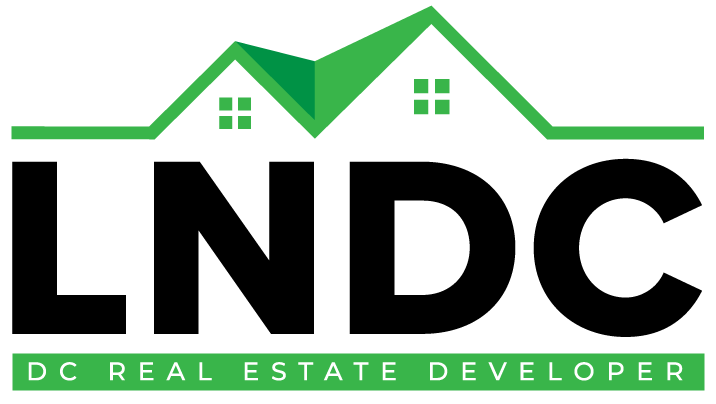How to Identify and Acquire Land with High Development Potential
Acquiring land with high development potential is a critical step for investors and developers. The right piece of land can turn into a lucrative project, while the wrong one might lead to headaches down the road. In this guide, we’ll explore how to identify such land and the process of acquiring it. With the right knowledge and a few practical tips, you’ll be one step closer to finding the ideal site for your next big project.
1. Understanding Location and Market Trends
When identifying land with high development potential, location is king. A great location can enhance the appeal of your project, ensuring demand and higher resale or rental values. But how do you know if a location is ideal?
First, look at current market trends. Is the area growing in population? Are businesses flocking there? Are new amenities, such as schools, parks, or shopping centers, being developed? All of these are indicators of a location’s development potential. You can also explore areas where larger real estate development projects are happening, as they often lead to an increase in land value.
Internal links can help you stay ahead of the curve. Check out LNDC’s upcoming properties to see where the next big developments are happening.
2. Key Features of Land with High Potential
Not all land is created equal, and there are certain features you should be on the lookout for when evaluating a piece of property.
Zoning Regulations
Before purchasing, ensure that the land is zoned for the type of development you’re planning. Zoning laws can restrict what can and cannot be built, which can impact the potential of the land. Make sure to research local zoning laws or consult with a zoning expert before making any decisions.
Access to Utilities
Land with easy access to utilities like water, electricity, and sewage systems is far more attractive for development. Properties that require extensive infrastructure work may end up costing you more time and money, cutting into your potential profits.
Topography
The physical characteristics of the land can also make or break its development potential. Flat land is generally easier and cheaper to develop, while uneven terrain or land in flood zones may require additional planning and expense. It’s important to conduct a site survey to assess the topography of the land.
For more insights into the types of properties with potential, take a look at LNDC’s properties on the market.
3. Due Diligence: Researching Before You Buy
Once you’ve identified a potential plot of land, it’s time to do your homework. Due diligence is the process of thoroughly researching a property to ensure there are no surprises after the purchase.
Environmental Concerns
Look into the environmental history of the land. Are there any potential issues like contamination or wetlands that could hinder your development plans? Some environmental problems may require costly mitigation efforts, so be sure to investigate this thoroughly.
Property Title and Legal Issues
Check that the title of the land is clear, meaning there are no liens, disputes, or ownership issues tied to the property. This ensures you won’t face legal troubles later on. Hiring a real estate attorney to conduct a title search is a smart move to avoid any unforeseen issues.
Market Value and Comparables
Assessing the market value of the land and looking at comparable properties nearby can give you an idea of whether the asking price is fair. Remember, the goal is to acquire land that will appreciate in value once developed, so knowing what similar plots are selling for is key.
If you want to know more about available properties with high potential, check out LNDC’s homepage for a list of opportunities.
4. Acquiring the Land: Financing and Negotiation
Once you’ve found the perfect piece of land, it’s time to think about how to acquire it.
Financing Options
You’ll need to decide how to finance the purchase. Some options include paying in cash, obtaining a land loan, or even partnering with other investors. Each method has its pros and cons, so it’s important to choose the one that aligns with your financial goals.
Negotiating the Purchase Price
Negotiation is an art, and getting the best price on the land is essential for maximizing your investment. Be prepared to make a reasonable offer based on your research of comparables and market value. In some cases, offering a higher down payment or quicker closing may make your offer more attractive to the seller.
Closing the Deal
Once you’ve reached an agreement on price, you’ll go through the closing process, which involves finalizing the contract and transferring the title to your name. Make sure all inspections, surveys, and legalities are taken care of before signing on the dotted line.
When you’re ready to make your move, reach out to LNDC for professional guidance on acquiring land with high development potential. They have the expertise to help you navigate this complex process.
Final Thoughts
Identifying and acquiring land with high development potential doesn’t have to be an overwhelming task. By focusing on location, understanding key property features, and performing due diligence, you can significantly increase your chances of success. And when it comes to closing the deal, having a solid strategy for financing and negotiation will make the process smoother.
Ready to dive into your next land acquisition? Visit LNDC’s homepage to see available properties or check out their upcoming properties for the latest opportunities.
If you’re still unsure about the next step, click here to contact LNDC and get expert advice on how to acquire land that holds great potential for your future projects.


